PIL Tracking is a system that helps people and businesses follow the movement of Shipping Containers used for Public Interest Litigation (PILs). These containers hold important legal documents, evidence, or materials related to cases that affect the public, like environmental protection or human rights. Tracking these Containers Ensures they reach the right place safely and on time.
In this article, we’ll explain What PIL Tracking is, why it matters, and how it works. You’ll learn how this system keeps legal processes transparent and efficient. Let’s dive in!
What is PIL Tracking?
PIL Tracking is a method to monitor shipping containers that carry legal materials for Public Interest litigation. A PIL is a legal case filed to solve problems that impact many people, such as clean water access or fair housing. These cases often require physical evidence, documents, or samples stored in containers.
Tracking these containers helps:
- Prevent Loss or Damage: Containers might hold critical evidence. Losing them could delay justice.
- Ensure Timely Delivery: Courts need materials on time to make fair decisions.
- Increase Transparency: Everyone involved can see where the containers are and when they’ll arrive.
Without tracking, delays or lost items could harm important cases.
How Does PIL Tracking Work?
PIL Tracking uses technology like GPS, barcodes, and online databases. Here’s how it works step by step:
- Labeling the Container:
Each container gets a unique ID number or barcode. This ID is linked to details like what’s inside, who sent it, and where it’s going. - Tracking Devices:
Some containers have GPS trackers. These devices send real-time updates about the container’s location. For example, if a container is on a truck, ship, or train, the GPS shows its exact route. - Scanning Checkpoints:
At ports, warehouses, or courts, workers scan the container’s barcode. Each scan updates the system, showing the container’s progress. - Online Access:
Lawyers, judges, or the public can log into a secure website or app to check the container’s status. They just need the container’s ID number. - Alerts:
The system can send text messages or emails if there’s a delay, damage, or unexpected stop.
This process keeps everyone informed and reduces risks.

Why Is PIL Tracking Important?
PIL cases often involve urgent issues, like stopping pollution or protecting endangered species. If containers with evidence get lost, it could hurt the case. Here’s why tracking matters:
- Saves Time:
Courts can’t wait weeks for missing documents. Tracking helps avoid delays. - Builds Trust:
When people see containers are monitored, they trust the legal process more. - Reduces Costs:
Losing a container means resending materials, which costs money. Tracking prevents this. - Protects Evidence:
Some containers hold fragile items, like soil samples or medical records. Tracking ensures they’re handled carefully.
For example, imagine a PIL case about a river polluted by a factory. Activists send water samples in a container to the court. If the container gets lost, the court can’t prove the factory broke the law. Tracking stops this from happening.
How to Use PIL Tracking Systems
Using these systems is simple. Follow these steps:
- Get the Container ID:
When you send or receive a container, you’ll get a unique ID number. Keep this number safe. - Visit the Tracking Website:
Go to the official website of the tracking service, like the National Container Tracking Portal (note: this is a sample link). - Enter the ID Number:
Type the ID into the search bar. The site will show the container’s current location and status. - Set Up Alerts:
Sign up for email or text updates. You’ll get notified if something changes. - Report Issues:
If the container is damaged or late, use the website’s contact form to report the problem.
Examples of PIL Tracking in Action
Let’s look at real-world examples to see how this system helps:
1. Protecting Forests in Brazil
Activists used a PIL to stop illegal logging in the Amazon. They sent satellite images and tree samples in tracked containers to the court. The tracking system showed the containers arrived safely, helping the court ban the logging company.
2. Medical Supplies in India
During the COVID-19 pandemic, a PIL demanded fair distribution of vaccines. Tracked containers carried vaccine records to prove some areas were being ignored. The court used this data to fix the problem.
3. Air Quality in California
A community sued a factory for causing asthma in kids. They sent air samples in tracked containers to the lab. The tracking system proved the samples weren’t tampered with, so the court fined the factory.
Challenges in PIL Tracking
While tracking systems are helpful, they face some problems:
- Poor Internet Access:
In remote areas, GPS or online systems might not work. - Human Errors:
Workers might forget to scan a barcode or enter the wrong details. - Hacking Risks:
Hackers could fake tracking data to hide theft or delays. - High Costs:
Small organizations might not afford GPS trackers or advanced systems.
To fix these issues, governments and NGOs are working on:
- Offline Tracking Tools: Like paper logs or SMS updates.
- Training Programs: Teaching workers to use systems correctly.
- Better Security: Using encryption to protect tracking data.
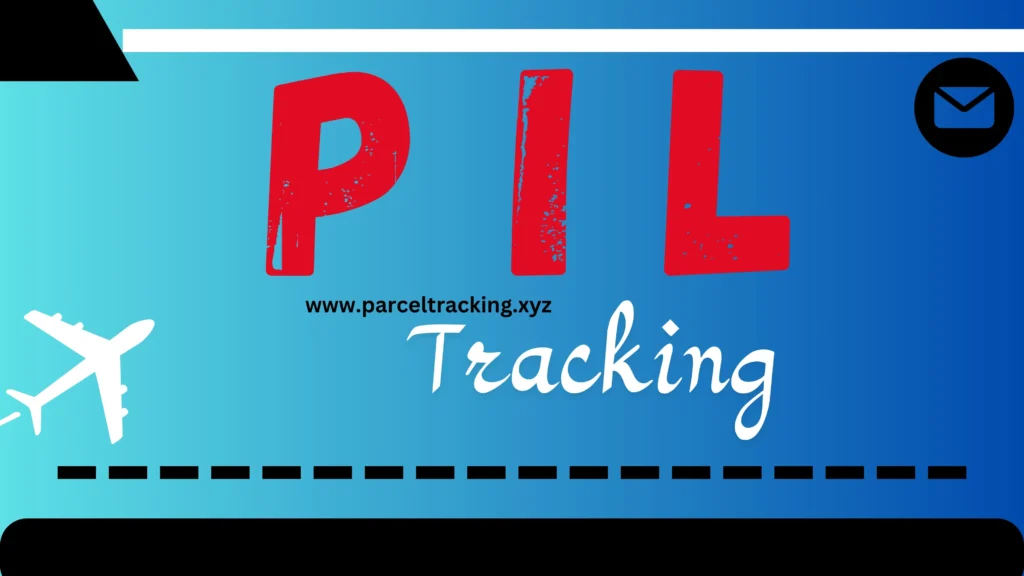
How to Improve PIL Tracking
Here are ways to make these systems even better:
- Use Affordable Tech:
Simple tools like QR codes or SMS alerts can work in low-budget areas. - Public Awareness Campaigns:
Teach people why tracking matters and how to use it. - Government Support:
Laws could require all PIL-related containers to be tracked. - Partnerships:
Companies like FedEx or DHL could help governments build better systems.
Conclusion
PIL Container Tracking is a powerful tool to ensure fairness and speed in legal cases that affect everyone. By using GPS, barcodes, and online systems, it keeps containers safe, on time, and transparent. While challenges like costs or internet access exist, solutions are growing.
Always use tracking for your containers if you’re involved in a PIL case. It’s easy, reliable, and protects your cause. For more details, visit official sites like the Global Legal Container Network (sample link) or your local court’s website.
By staying informed, you can help make sure justice is served—one container at a time.
FAQs About PIL Tracking
1. What is PIL Tracking?
PIL Container Tracking is a system that uses technology like GPS and barcodes to monitor shipping containers carrying legal materials for Public Interest Litigations (PILs). It helps ensure these containers reach courts or labs safely and on time.
2. Why is tracking PIL important?
Tracking prevents loss, damage, or delays of critical evidence like documents or samples. It keeps the legal process fair and transparent so everyone can trust the results.
3. How does PIL Tracking work?
Containers get a unique ID or barcode. GPS trackers or scans at checkpoints update their location online. Lawyers or the public can check statuses using a website or app.
4. Who uses PIL Tracking?
Lawyers, activists, governments, and courts use it. For example, environmental groups tracking soil samples or hospitals sending medical records for a PIL case.
5. Can I track a PIL container in real time?
Yes! If the container has a GPS tracker, you can see its exact location on a map. Systems without GPS updates at checkpoints like ports or warehouses.
6. What if a PIL container gets lost?
Use the container ID to report it on the tracking website. The system will show its last known location and help investigate.
7. Is PIL Tracking expensive?
Basic systems using barcodes or SMS alerts are low-cost. Fancy GPS trackers cost more, but many governments offer free or cheap tools for PIL cases.
8. What’s inside a PIL container?
Containers hold evidence like photos, lab samples, legal papers, or digital data. For example, water samples from a polluted river or vaccine records.
9. Are there risks with PIL Tracking?
Risks include hacking (fake tracking data) or human errors (missed scans). Strong passwords and worker training can reduce these risks.
10. How can I learn more about PIL Tracking?
Visit official websites like the Global Legal Container Network (sample link) or contact your local court. They provide guides and support for using tracking systems.
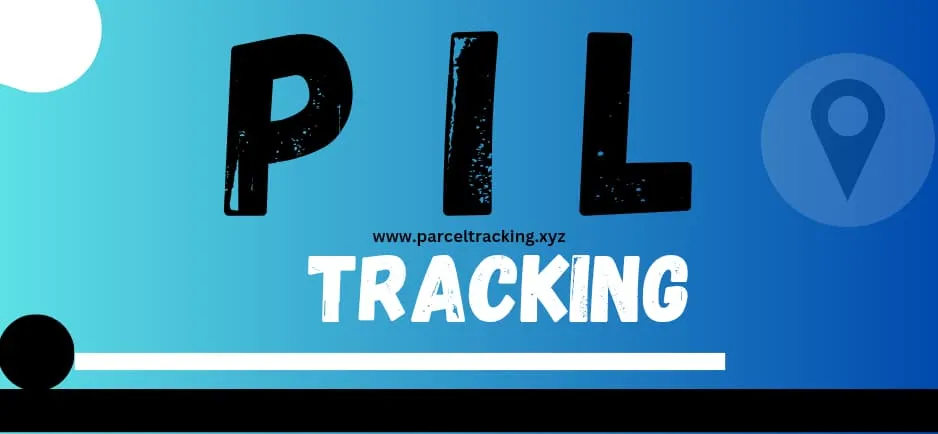
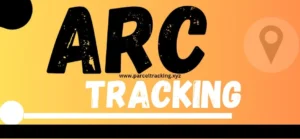
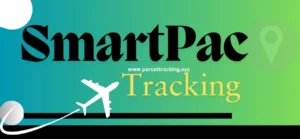
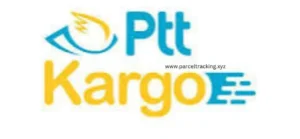
You’ve provided helpful insights that will undoubtedly help me in my endeavors.
Your blog posts ignite a brilliance that enlightens my day. Thank you for that!